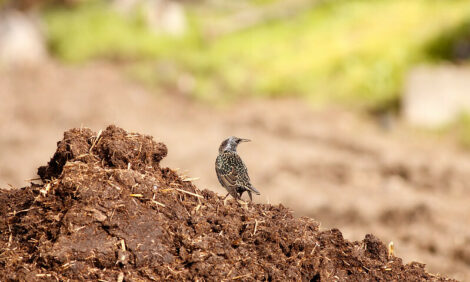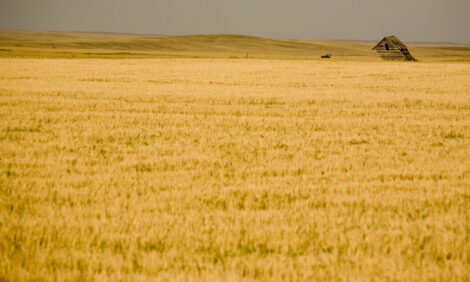



Sources of Campylobacter Infection in Scotland
SCOTLAND, UK - A new report entitled The Molecular Epidemiology of Scottish Campylobacter Isolates from Human Cases of Infection using Multilocus Sequence Typing (MLST) will help our understanding the sources of campylobacter infection. The most frequent sources of human infection were retail chicken, cats and dogs, which together accounted for almost two out of three cases.A report has been published today by the Food Standards Agency Scotland (FSAS) on research that was led by Dr Ken Forbes, Department of Medical Microbiology at the University of Aberdeen. It investigated the key sources of campylobacter infection in Scotland, which will assist in the development of strategies to reduce the levels of food poisoning caused by this organism.
The project used a molecular typing method to compare campylobacter strain types from clinical cases with those isolated from a broad range of environmental and food sources and was the world’s largest study of this kind.
The study identified retail chicken as the single largest source of campylobacter food poisoning in Scotland and also suggested a role for farm ruminants (cattle and sheep) as potential infection sources.
The research underlined that for reduction of campylobacter food poisoning in Scotland, intervention strategies should continue to be targeted to the broiler food chain and highlighted the need for further work to identify infection routes from farm ruminants.
This study forms part of a suite of research projects being funded by the FSAS to improve understanding of the causes, spread and control of campylobacter infection in Scotland. This work will contribute to the Agency's UK-wide strategy on reducing foodborne disease. The FSAS is planning to hold one-day dissemination event on 17 June 2009 to inform relevant stakeholders on the findings of this research.
What is this project about?
To reduce campylobacter food poisoning we need to know how much infection comes from each source. This study compared campylobacter isolates from human cases of infection with those from food and environmental sources and identifies epidemiological links and sources of infection.
Why was this research commissioned?
To assist in the development of strategies to control campylobacter food poisoning in Scotland by estimating how much infection comes from specific source.
What are the results of this project?
The study identified retail chicken as the single largest source of campylobacter food poisoning in Scotland and also identified farm ruminants as infection sources. Thus, campylobacter food poisoning can only be reduced when campylobacter in retail poultry is reduced and infection routes from farm ruminants are identified.
What does this mean for consumer?
This research confirms that campylobacter is common and can occur at high levels in broiler chickens and that chicken consumption is a risk factor in food poisoning. To help avoid food poisoning, it is important to make sure the food people make for themselves and for others is safe to eat. For tips from the government's eatwell web site, click here.
Main findings on sources of campylobacter infection
Approximately one in three human infections were attributed to retail chicken, and between one in four and one in three infections came from cattle and sheep. The source of around one in eight human infections were cats and dogs. Wild birds accounted for between one in 12 and one in 20 human infections, and less than one in 100 human campylobacter infections were attributed to pigs.
Further Reading
| - | You can view the full report by clicking here. |








